FlexiHub Team uses cookies to personalize your experience on our website. By continuing to use this site, you agree to our cookie policy. Click here to learn more.

If you are using a printer at home or in your office and looking for a way to get the much desired ability to access your peripheral from a remote computer, then you've come to the right place. In this guide, I’ll highlight the simplest ways to share your printer for remote access. The good news for Windows users: you can do this with the help of the built-in HomeGroup feature working across LAN.
The even better news: if you’d like to go further than your local network and share a printer over the Internet, there are efficient software apps that can help you easily achieve this. Plus, the dedicated programs will let you share printers (including barcode label printers) from not only Windows but also Mac, Linux, and Android. Read on to learn more:
The Windows 10 and Windows 11 operating systems allow you to share a printer with other network-connected computers. Sharing a printer requires you have a physical connection to the device from a primary PC using a cable or wireless connectivity. Then, you need to configure sharing settings for the printer so it can be accessed by other computers. The device needs to be shared from the primary printer before other PCs can use it.
After configuration is complete, turn on the printer and ensure the primary computer is connected to the network. If the primary computer or the printer is powered down, the printer will not be accessible to other machines.
To add the shared printer to a secondary PC, you need to know the device’s network path. The network path contains the primary computer’s IP address or network name and the printer’s share name.
Here is a quick guide on how to share a printer:


Note: If you plan to share a USB printer with both Windows 32-bit and Windows 64-bit machines, be sure to tick the box Render print jobs on client computers to avoid problems with installing the printer on a client-side.


Now that you know how to share a USB printer between two computers (or more, as required), it’s time to learn how to access the said printer from a remote machine. There are two different ways to do that and you're the one who has to decide which one you like more.
Method 1:


Once the installation is completed, you'll be able to see the shared printer on the remote machine’s Devices and Printers tab.
Method 2:

The best part about having your printer shared through Windows 10 network is providing access to the printer for all machines in your network at a time. This means, you can avoid emailing your files to a PC connected to the printer directly.
Also, it’s worth noting that there are specifically developed software applications for those who need to share a printer over the Internet.


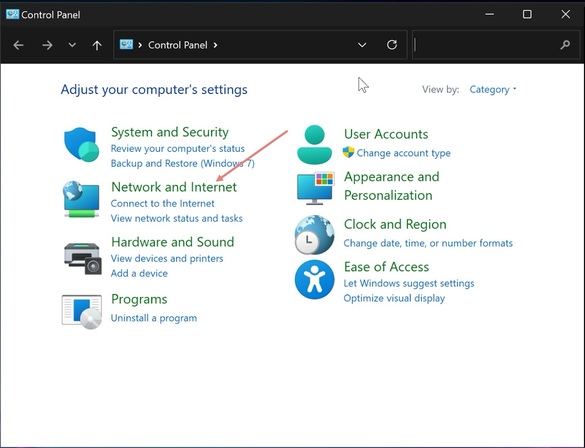

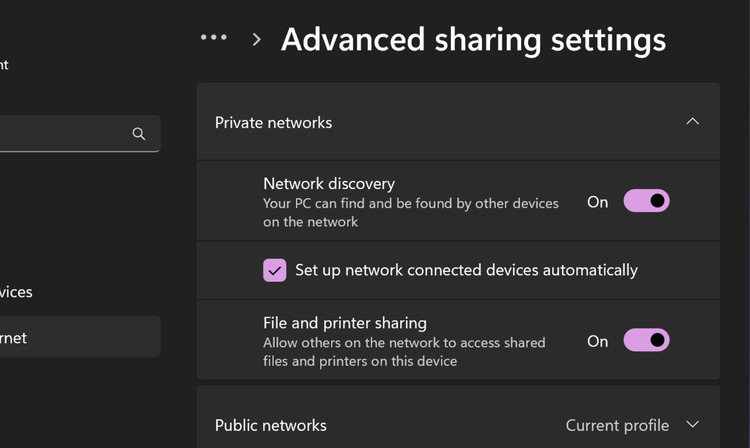
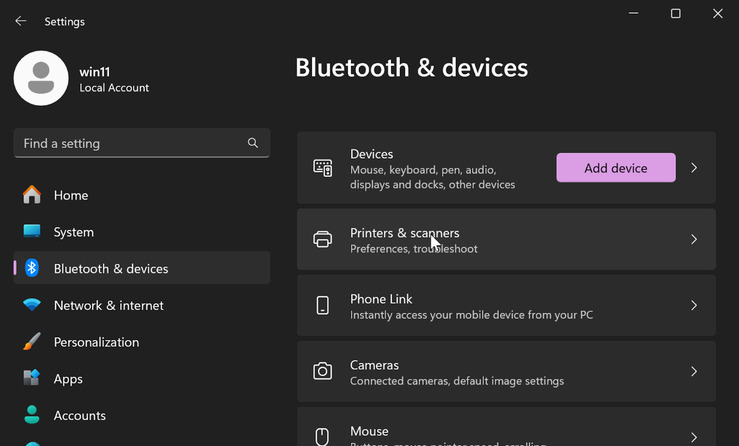

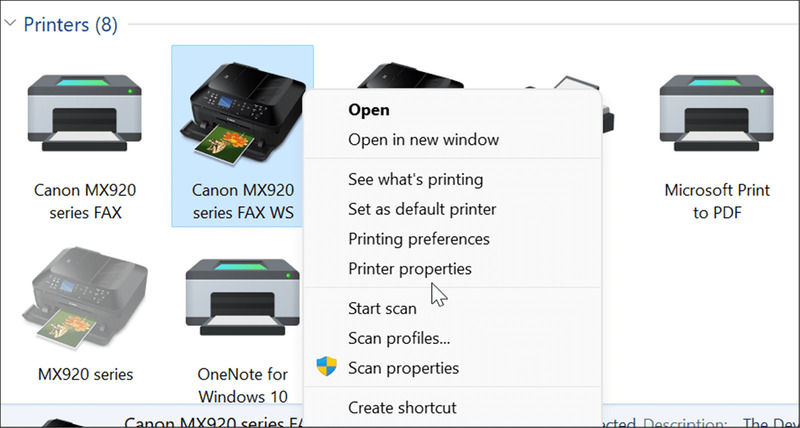
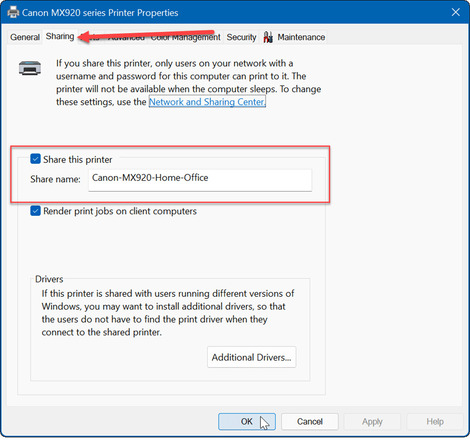
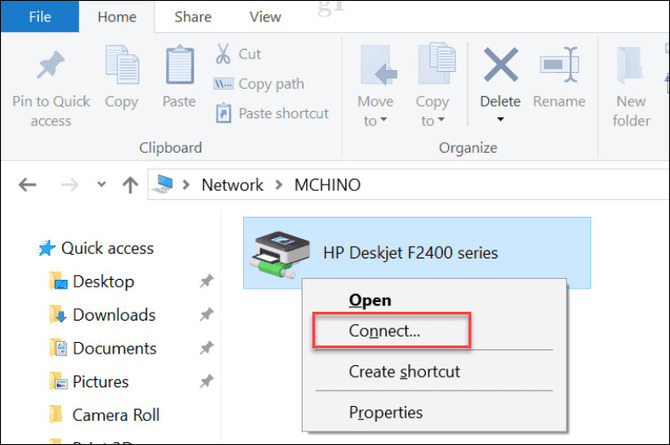
As I’ve already mentioned, the standard Windows options allow you to connect your printer to network only within a local area. So, I’ll start the write-up with more versatile solutions like FlexiHub and USB Network Gate. These third-party tools work across any distance and make it possible to redirect printers over the Internet.
If you don’t know which solution to choose to share a USB device over network, you may use an efficient printer sharing software - FlexiHub. It allows access and helps to share a printer on Windows, macOS, Linux, and Android platforms.

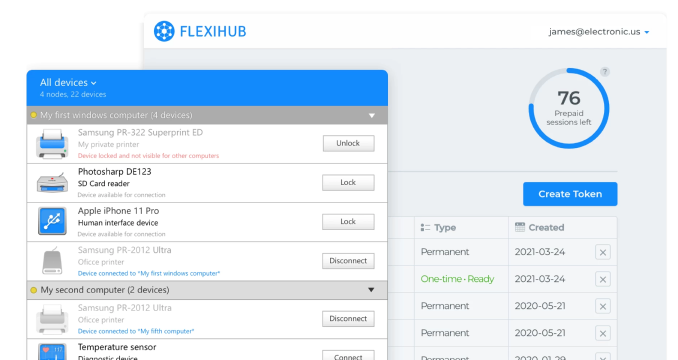
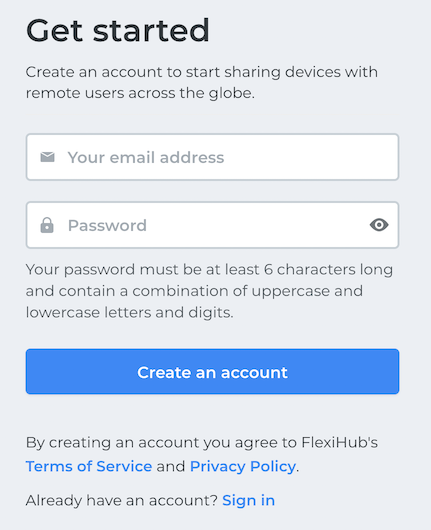




Pros.
Cons.
USB Network Gate is specifically designed to provide remote access to USB devices, and will certainly help with sharing a printer over network in a couple of clicks

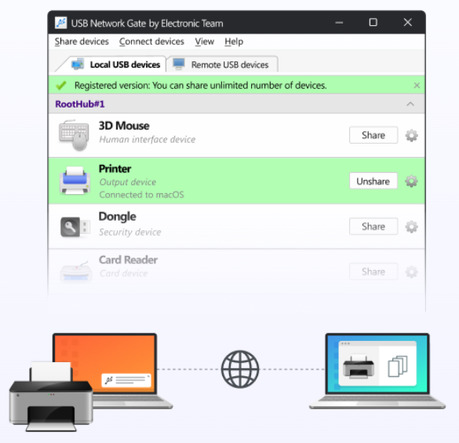
Pros.
Cons.
Virtual private networks (VPNs) can be used to access networked or shared printers connected to a remote network. The VPN enables you to create a secure tunnel to a VPN server on the remote network. This tunnel is used for all data transfer and gives your computer the appearance of being on the remote network. This makes shared printers and other resources such as Windows file shares accessible to your machine.
After connecting to the VPN you will get the same functionality when accessing the printer as if you were on its local network. VPNs are a popular business solution for enabling remote employees to connect to company networks and resources.
While a VPN is a viable solution for accessing remote printers, you may find FlexiHub meets your requirements. Windows provides some support for creating a VPN server, but FlexiHub eliminates some security concerns associated with hosting a VPN server.
One of the most useful capabilities you may find in a modern printer is the built in networking. More and more current-day printers come with support for Wi-Fi, Ethernet or both. This is very convenient, as you don’t need to have your PC turned on to be able to access the printer. Now, you can connect to the printer directly over the network.
There’s no a general instruction on how to configure the networking option on your printer, as the set up depends on the type of the printer you have. But if you are sure that your device supports this feature just check the manual that came with your printer or the manufacturer’s website for information.
